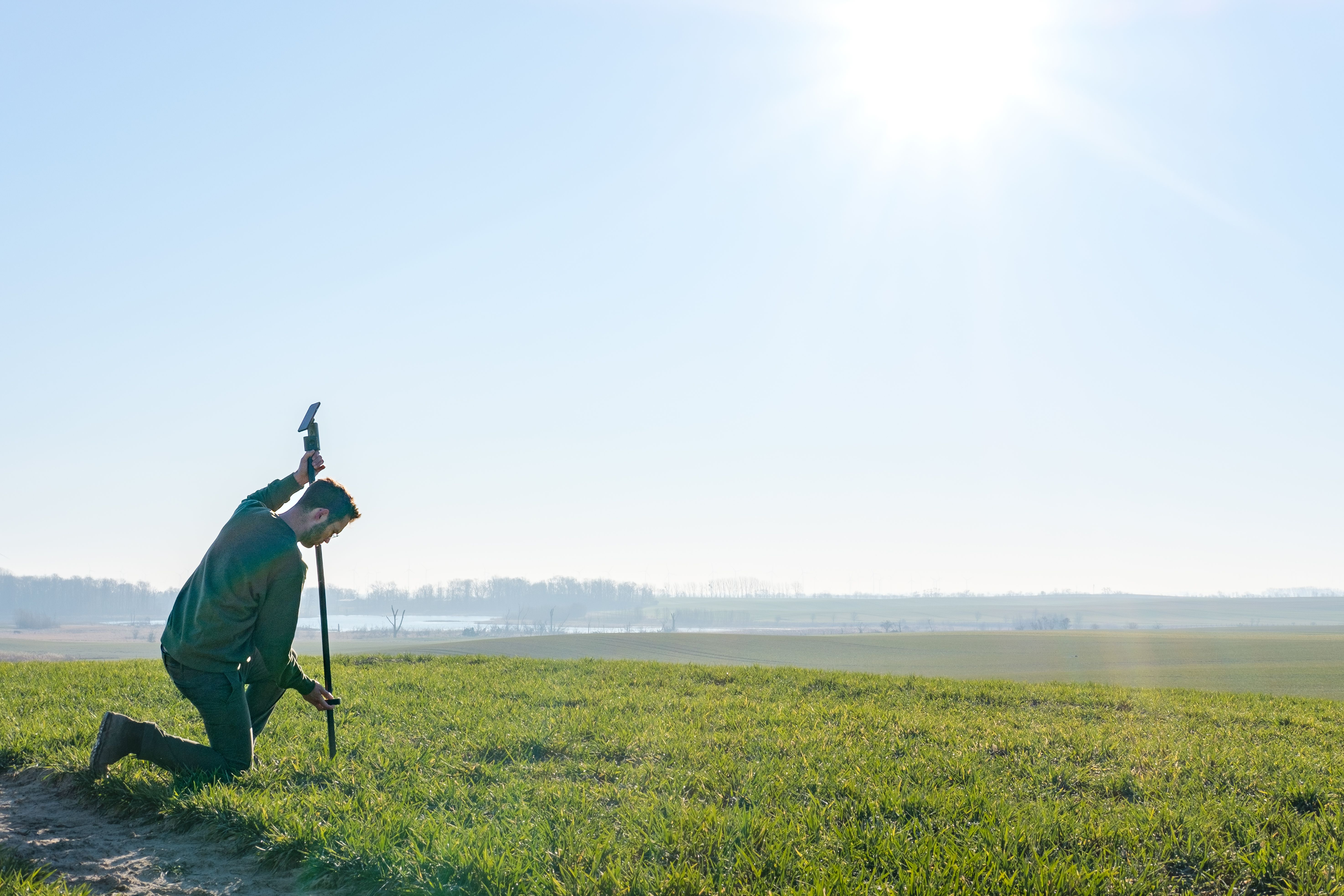»Peatlands are of fundamental importance for climate protection. If peatlands are drained for agricultural or forestry use, they release considerable quantities of greenhouse gases. These releases can only be stopped by raising the water levels in the drained peat soils once again. re:wet – peat:lab is an impressive young talent submission that digitally monitors the rewetting of peatlands and bundles the corresponding data. It is an innovation that has the potential to provide technical support to the German government's National Peatland Protection Strategy.«
Dr. Bettina Hoffmann MdB

Three questions for Milan Bergheim
How did the idea for re:wet – peat:lab come about?
Quite simply, peatlands are an interesting topic for me. One aspect that made me wonder: the topic is getting a lot of attention in the media right now, but the actual rewetting of peatlands is stagnating. There are many reasons: very few subsidies, farmers fear income losses, there are no buyers for peat biomass, and the technical planning is also complex.
In my opinion, the work on this to date has been very analogue and not very smart or networked. With all this in mind, the idea was to take a systematic approach to tackling this highly complex problem.
What was your personal highlight in the development process for re:wet – peat:lab? Was there a low point?
The highlights of my work have been the recognition with various awards, such as the UX Design Gold Award, the Mart Stam Award and of course the German Ecodesign Award. I was also particularly pleased that the Greifswald Mire Centre shared my master’s presentation via its Twitter channel and newsletter. That shows me that the concept has a sound basis. I regularly experience low points, e.g. when it is not certain how to determine the soil moisture exactly - but every low is followed by a high, that is normal.
Where do you see your project in five years?
I am currently working on getting a pilot project off the ground, but it is still in its early stages. The first step is to acquire the necessary funding and build up a team to prototype the hardware and software. The pilot project will then be tested and iterated until it is ready for the market. Ideally, in five years’ time, the political framework will also be in place so that we can use re:wet to boost the transition in the peatlands.
